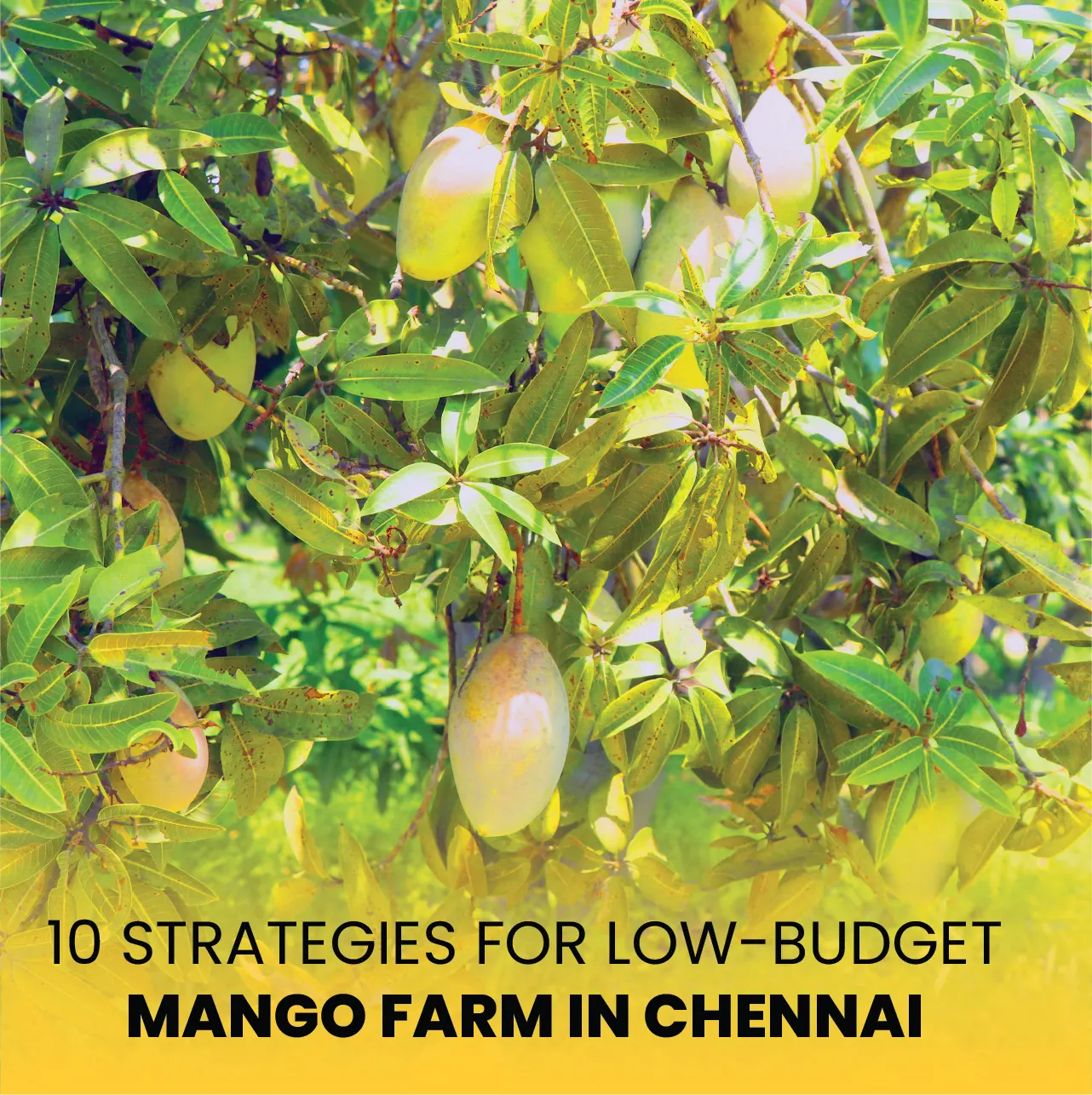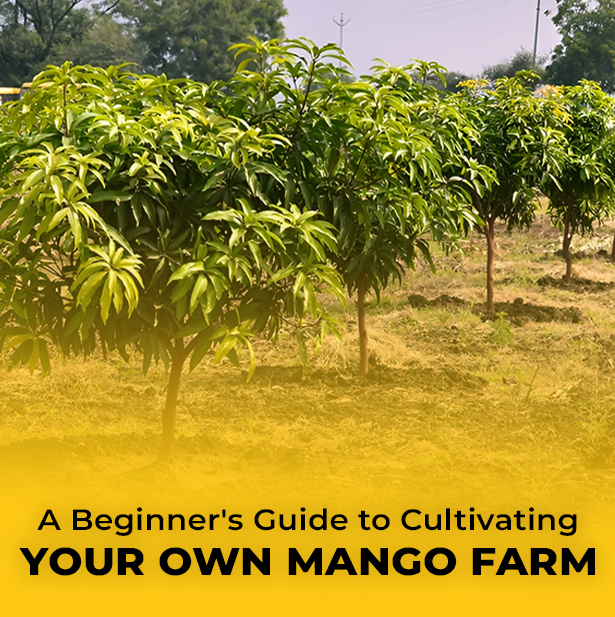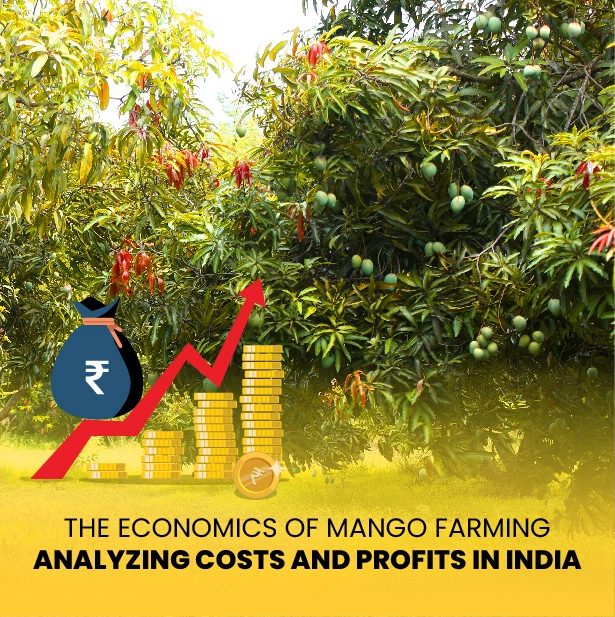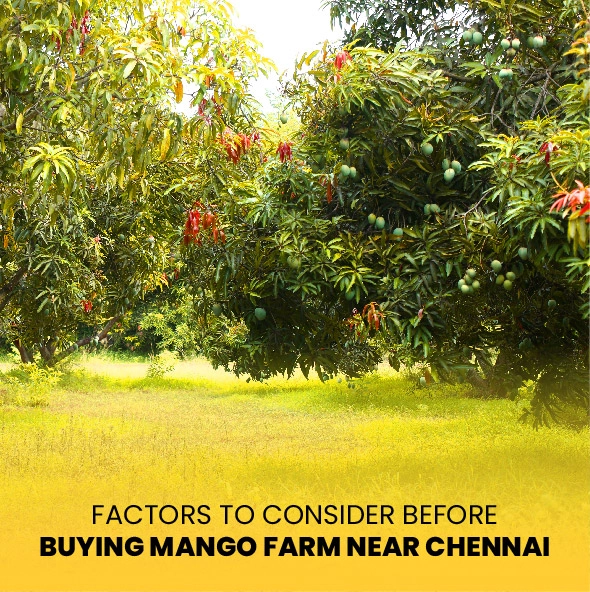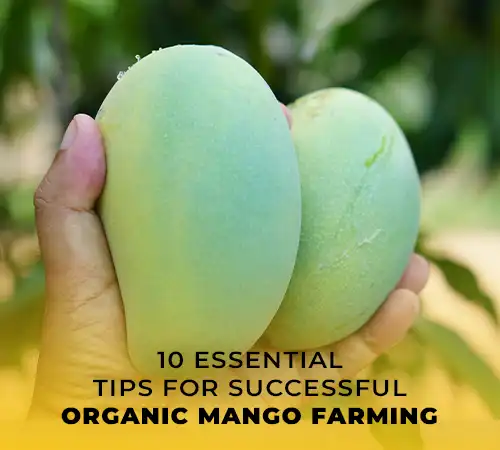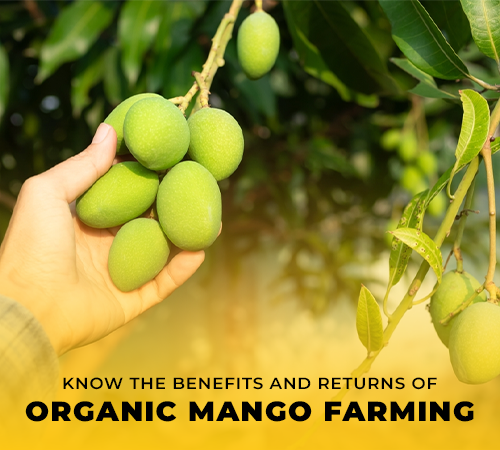As summer comes to India, people look forward to the mango farming season. Each area has its own special kind of mango. Though all of these are delicious, the Pairi (Paheri) mango is the most loved and treasured. Pairi mangoes have been loved by mango lovers for generations because they have a great taste, bright colour, and strong smell. This blog post goes into the world of the Pairi mango, looking at where it comes from, what makes it special, and why it's so popular.
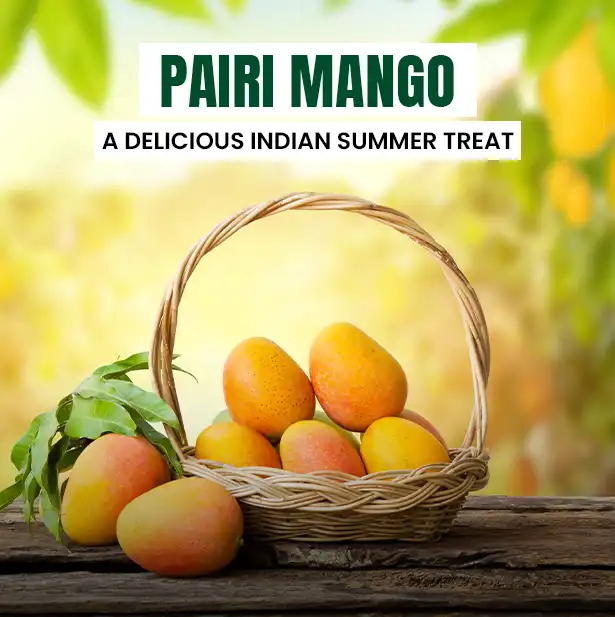
The Pairi mango, often called Paheri in some areas, its roots are firmly ingrained on the Indian subcontinent. This range is thought to have started in the western state of Maharashtra, mostly in the Ratnagiri and Devgad areas. It has become a mainstay in many homes during the mango season over time, rising in popularity both inside India and even abroad.
1.Appearance: The unique look of the Pairi mango makes it rather easy to identify. The fruit has a somewhat flattened base and a spherical form, medium-sized. As it ripens, its thin and silky skin ranges in colour from greenish-yellow to a brilliant golden tint. The Pairi mango's striking visual appeal is enhanced by its blush of red or pink on the side facing the sun.
2.Taste and Aroma: The Pairi mango stands out mostly for its unmatched taste and scent. Perfect in balance between sweet and sour, the delicious and juicy flesh of the Pairi mango. Its rich, buttery texture melts in the mouth to leave a pleasant, residual flavour. A ripe Pairi mango smells like heaven, with floral and delicious overtones that bring summer's memories.
The Pairi mango is a nutritional powerhouse beyond only its delicious taste. Packed in vitamins A and C, it is quite important for enhancing immunity, encouraging good skin, and sharping vision. Furthermore an excellent source of nutritional fibre, the fruit helps digestion and supports intestinal health. Furthermore adding to Pairi mangoes' health advantages are antioxidants, which help fight free radicals and lower inflammation.
The Pairi mango is a favourite in many different kinds of cooking because of its adaptability. Although it is best eaten fresh and on its own, many dishes call for it. From cool mango shakes and smoothies to mouth watering sweets including mango sorbet, ice cream, and mousse, the options are almost limitless. Traditionally Indian cuisine like pickles, aamras, and mango chutney depends critically on the Pairi mango.
Growing Pairi mangoes demands both careful attention and certain environmental conditions. These mangoes do well in warm climates with well-drained ground. Usually medium to large in size, the trees have a thick canopy of foliage that gives the fruit lots of shade. Late winter starts the flowering season; the fruit matures and is ready for harvest by late spring and early summer.
Harvesting pairi mangoes is a difficult operation needing accuracy. Hand-picked by great care, the fruits guarantee their integrity and unbroken state. They are sorted, graded, and packed to keep their freshness and quality once harvested.
The Pairi mango is especially dear in Indian tradition. Religious events, prayers, and offerings all frequently feature it. Festive celebrations also abound. The coming of the mango season is greeted with great excitement, and Pairi mangoes are given as gestures of love and goodwill among family and friends. Many ancient ceremonies and customs depend on these mangoes, which stand for wealth of nature, happiness, and success. Mangos are presented to gods on holidays as a token of respect and thankfulness.
Families gather to create unique recipes utilising Pairi mangoes to add seasonal sweetener to their cuisine. Giving Pairi mangoes to loved ones helps to build social ties and a feeling of community since the fruit is shared and appreciated jointly. This custom promotes the cultural value of the Pairi mango, therefore rendering it a beloved emblem of Indian background and custom.
Investing in Pairi (Paheri) mango farm land property is a great chance for people who want to start a long-term farming business and get good returns on their money (ROI). Mango farms that only grow Pairi mangoes have a special mix of mature, well-developed trees and a setting that helps them grow the best. This builds a strong base for growing high-quality mangoes that people in the United States and other countries want.
One great thing about investing in Pairi mango farmland is that the prices aren't too high compared to other real estate opportunities. With an original investment value of about ₹5 lakhs to ₹10 lakhs per acre, investors can look forward to a steady stream of good money. Pairi mangoes are also becoming more famous and costing more, which can give you an annual return on investment of 15% to 20%. The investment has even more promise because land values tend to rise over time in areas that have been used for farming for a long time.
Meet Ramesh Patel. He is a successful businessman who started growing Pairi mangoes five years ago. Ramesh put ₹7 lakhs per acre into his mango trees at the start and committed to taking care of them in the best way possible. His 10-acre mango tree now grows more than 15 tonnes of high-quality Pairi mangoes every year. His crops are in high demand at both local markets and foreign companies, giving him a steady income and an impressive 18% annual return on investment. A great example of how buying in Pairi mango farmland can pay off is Ramesh's story of success.
Pairi (Paheri) mango is a sign of summer, custom, and India's long history of farming. It is the best mango variety because it tastes great, smells great, and is good for you in many ways. The Pairi mango continues to make people happy and joyful, whether they eat it fresh, use it in foods, or give it as a gift. As you savour this delicious mango, you're not only tasting a fruit, but also a piece of India's culinary and cultural history.
Putting money into Pairi mango farms will not only help agriculture last, but it will also give you a lot of money back. Pairi mango farms can become a successful business that produces high-quality mangoes and gives a good return on investment for years to come with the right care and management.






